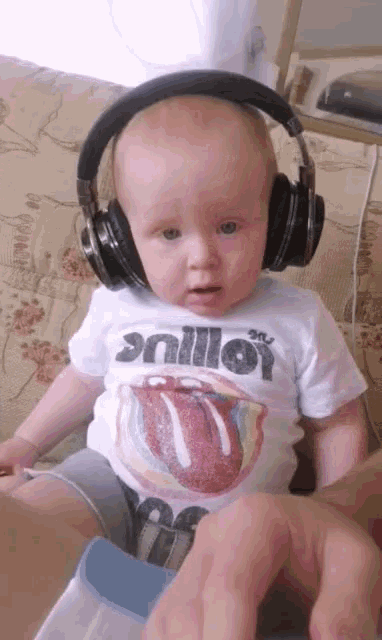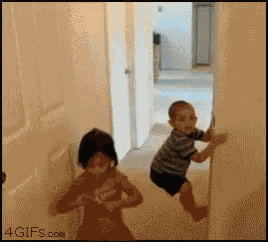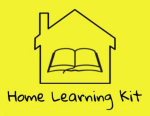Unlock your Child’s Full Potential by Identifying Their Learning Style
This is the first of a five part series to help you identify your child’s dominant learning style and give you tools to optimize your teaching.
A common question that gets brought up in teacher circles and in homeschool groups is, “How do I know what kind of learner my student is?” Many people have a vague idea of the three main learning styles: Visual, Auditory, and Kinesthetic. (There’s actually a fourth: Reading/Writing). But identifying features of the different learning styles might be a bit harder.
If your child is younger than third grade, figuring out their learning style is not the simplest process. It will take a lot of observation and trying different activities from all three learning styles to get a good idea of how your child learns best. To make things even more challenging: At these young ages, your child will probably be showing signs of all three learning styles. What are these signs, you ask?
If Your Child Has a Visual Learning Style, They Will Tend To:

- Watch videos about anything
- Observe people and activities around them
- Spend time inspecting pictures and objects
- Love drawing
- Identify or create patterns
If Your Child Has an Auditory Learning Style, They Will Tend To:

- Love listening to music
- Talk to themselves while they play
- Tell stories
If Your Child Has a Kinesthetic Learning Style, They Will Tend To:

- Be a jitterbug, always moving or wiggling
- Climb and jump on everything
- Touch everything in sight
If Your Child Has a Reading/Writing Learning Style, They Will Tend To:

- Make lists
- Spend a lot of time reading
- Write/Tell stories
- Journal
Aren’t There Tests to Determine Learning Style?
Yes! These tests can be more challenging for kids under third grade, because they might not understand all the concepts in the questionnaire. If you have an older child, I would recommend the Vark Questionnaire for Younger People. This test partners with several school districts to help teachers connect better with their students. Give the test a try and see if it confirms your observations of your child’s learning style.
Wrapping Up
Remember, your child will probably show signs from all four learning styles when they’re younger. Intelligence isn’t fixed, so keep a variety of learning activities to expose your child to all styles. If your child is struggling with something, you can fall back on their main learning style to make things a bit easier.
Make sure to stay tuned for the next four articles in this series where we go more in depth on each of the four learning styles. To make it easier for you, I even send these articles out via my newsletter when they’re published. Click the subscribe button below and things get easy peasy!
The rest of the series can be found here:
Part 5: Reading/Writing Learners
I’m on social media too! Hit me up if you have any questions!

